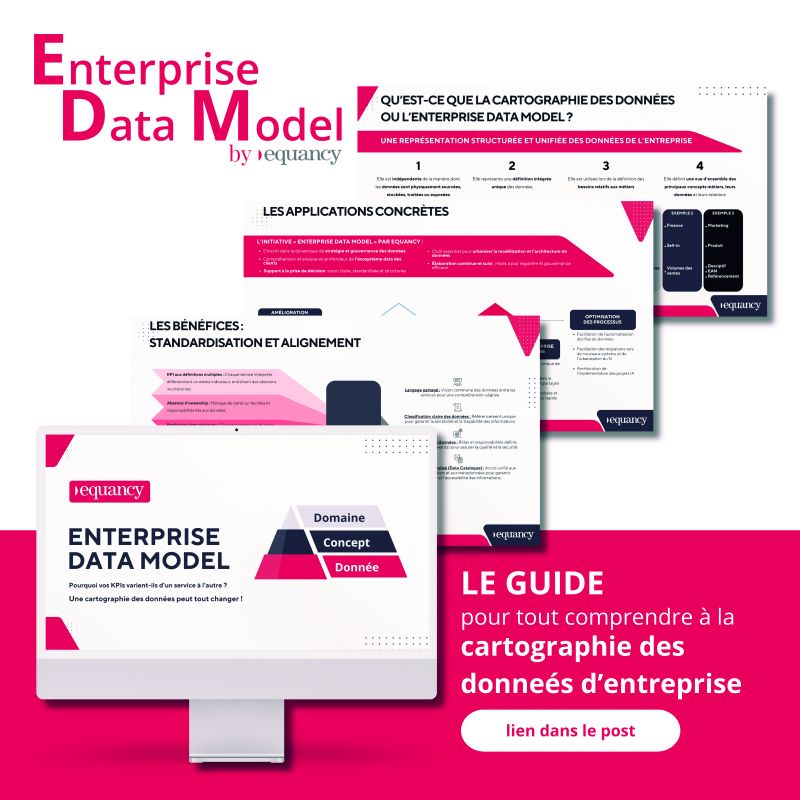It's never to late to join FinOps
In these times of economic and ecological crisis: the hunt for cost efficiency is on! But how can IT, Business and Finance teams find a cloud infrastructure that meets everyone's requirements? The FinOps method, which appeared two years ago, is attracting more and more attention from management, but what is it really and how can it be implemented?
The observation
For more than 15 years, Cloud Service Providers (CSPs) have been offering solutions that allow companies to deploy infrastructure and applications without having to invest in hardware. The range of services offered by CSPs is growing daily in terms of both functionality and performance. It is even common to have several services offering the same purpose but in different operating forms.
As a result, the expression "Move To Cloud" appears on almost all CIO roadmaps, which then choose to switch from a CAPEX approach to an OPEX approach.
But this flexibility and ease of deploying cloud resources is not all good news: we are seeing a clear increase in the cloud bill, to the point where a study* on cloud computing expenditure indicates that it should increase by 500 billion dollars by 2025, to reach 1,800 billion!
Understandably, this trend means that costs must be rationalised in relation to usage, which has recently been reinforced by companies' CSR commitments and the current energy situation.
What is FinOps
This rationalisation is called FinOps - for the contraction of Financial Operations - and therefore the balance between operational and financial issues.
It is an approach based on the analysis of business needs with regard to the relevance of the cloud services deployed, their cost and their use. In other words: How can I ensure that my cloud infrastructure provides the expected service at the right price and in a qualitative and efficient manner?
The methodology
It is therefore clear that FinOps involves three players: IT, the business and finance. This FinOps process should start as early as possible in the life of a project, ideally as soon as the architecture is designed, but it is never too late to integrate it since it is an iterative process in 3 stages. The first step is to understand the existing cloud infrastructure and its purpose. The second is to be able to identify and analyse key usage, performance and cost indicators. It should be noted that access to these indicators is via third-party tools or those made available by the CSPs: dashboards, monitoring, alerting, calculator, etc. And finally, in the third stage, to implement the necessary optimisations. And so on, completing these three phases ensures continuous improvement and cost control.
The areas of optimisation of cloud infrastructure are vast:
-
Correctly tag resources so that they can be tracked and identified throughout their life cycle
- Remove unused resources (this is obvious, but it is often the first "quick-win" lever)
- Adapt the power of resources to the actual use and avoid over-sizing in terms of CPU, RAM and storage (rightsizing).
- Automatically adapt the power of computing resources to the load requested (auto scaling)
- Choose the most efficient service at the lowest cost among services offering the same functionality
- Schedule the switching on and off of servers when they are not in use
- Adapting the storage class according to file access frequency requirements
- And finally, there is a last option that does not require any technical intervention but is purely administrative: it involves reserving a category of instances over one or more years and thus benefiting from a discount linked to the commitment.
In conclusion
To conclude, applying a FinOps approach can very quickly show benefits, it is not uncommon to see a reduction of more than 50% on the monthly bill! However, there are a few key points to consider to ensure success. It is essential to make cloud hosting costs accessible to all IT, business and finance stakeholders, as this will help to ensure that all cloud resources have a cost. Secondly, don't hesitate to seek the support of experts who know how to get the most out of cloud services. And finally, don't look for perfection straight away, avoid endless projects and target effective and visible actions from the start.
Daniel Snook
Director of Data Technologies




